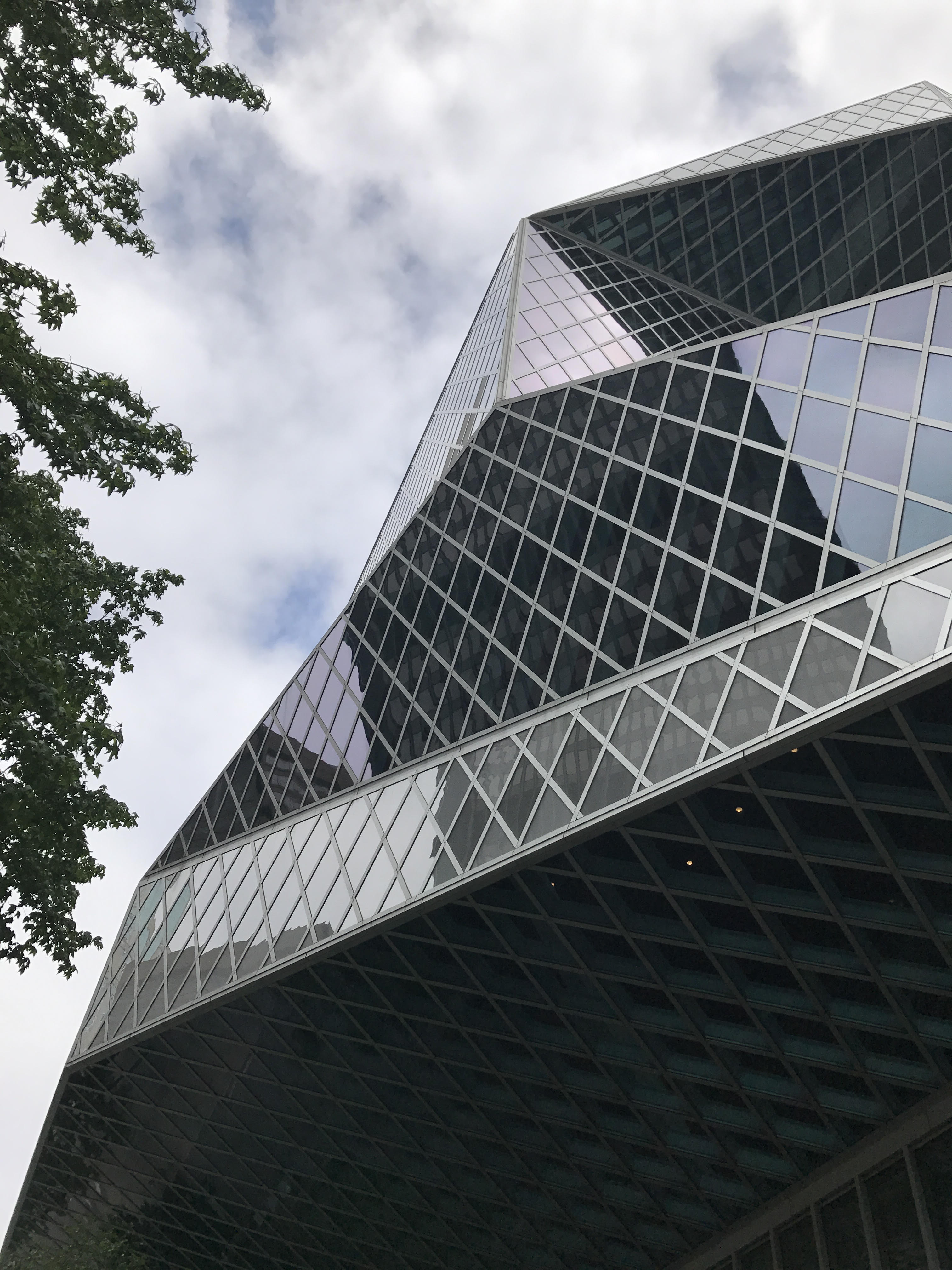
One of my son’s friends recently described a building he had seen while visiting a university campus in New York. It disturbed him — it seemed out of place or inappropriate. He knew I had opinions about these matters and wanted to hear my thoughts. I explained that some critics have divided buildings into two broad categories: object buildings and fabric buildings.
Fabric buildings exhibit modest variation, for the most part are predictable and don’t call too much attention to themselves. They form a baseline or datum against which our expectations and experiences are measured.
Fabric buildings generally follow a set of rules, and these rules usually evolve over time in response to available technology, materials, environmental conditions, politics, economics and social norms. John Habraken calls these rules the structure of the ordinary. To the untrained eye this deep structure often goes unnoticed, but determines what is possible in our neighborhoods and cities. These rules ultimately collide with the values and goals of the people or institutions engaged in building. The result is what we see around us.
Object buildings, on the other hand, intentionally break the rules in order to stand out. An example might be a church whose spire is allowed to exceed the height of all the surrounding buildings. The Seattle Public Library, pictured here, is shorter than all the surrounding buildings but utilizes a unique geometric form to differentiate itself. Traditionally, object buildings are public or civic structures that celebrate and reinforce shared values and goals. The Seattle Public Library, for example, is a visual symbol and well-used tool that demonstrates the city’s commitment to provide public access to knowledge and information.
Object buildings tend to cost more money and when done properly require greater effort because, by definition, there is no playbook, and the way you break the rules matters.
Increasingly, private citizens and businesses have been leveraging object buildings to call attention to themselves and their interests. The campus building that disturbed my son’s friend was funded by a wealthy donor, who obviously didn’t want the gift to remain hidden. An object building can be like putting on a provocative outfit and crossing the line from sexy to tacky. In an age where everyone is vying for bandwidth in an attempt to sell, impress or develop a brand, is every structure destined to become an object building? Will our built environments become deafening — like being in stuck in a crowded room with everyone shouting at the same time? Will object buildings become the norm, so that restraint and subtly garner more attention? Our collective sensibilities and norms are constantly shifting and changing, and therefore, concerns regarding the appropriateness of what we build will always remain.
